As a website owner or SEO, you’ll most likely spend the majority of your time adding new content to your site or improving existing content so it either gets indexed by Google, or improves in rankings if it’s already indexed.
While this is what you’ll probably what you’ll want to spend lions share of your time on, there may well be instances where you want to remove outdated content so it no longer appears in Google’s index (or no longer appears on your site full stop).
Why Remove Outdated Content?
Let’s look at some situations where you may want to remove outdated content;
‘Fast Moving’ Ecommerce Sites
If you have a site selling a large range physical goods, let’s use Ikea as an example, you’ll have tens of thousands of products (maybe hundreds of thousands) – at any one time a significant percentage of these may be out of stock, depending on the business needs, the technology used and many other factors, it may be a requirement to temporarily remove these out of stock products. Similarly, there could be a lot of ‘product churn’, i.e. old products being discontinued and new ones being added to the range. The old products would need to be permanently removed
News/Blogs
News sites and blogs (whether it’s a standalone blog, or part of a wider site) are fast-moving by their very nature, i.e. new content is added on a regular basis (in some cases, multiple times per hour). Because of this, content is likely to go ‘stale’ very quickly and therefore may warrant removal.
Heavily Regulated Industries
Industries that are heavily regulated like medical or finance may need to be updated frequently to ensure compliance with regulatory bodies such as the FCA (Financial Conduct Authority). There may also be some situations when a piece of content (Terms and Conditions for a specific financial product, for example) needs to be removed immediately because it’s non-compliant or simply incorrect. Failure to do so could land the business in question with hefty fines.
Sites with Regular Sales
Many sites that sell something have regular sales. One of the most common annual sales is Black Friday. Of course the duration of a typical Black Friday sale is around a week, after which point most businesses will want to remove their sale page so customers no longer see it.
A Quick Note On Removals
When we think about removing content – it doesn’t necessarily mean permanently deleting it forever. There are many different levels of removal, some of which means removing content from Google, and some of which mean completely removing content from your site, either permanently, or temporarily.
Here are some of the most common methods for removing outdated content;
How To Remove Outdated Content
GSC URL Removal Tool
Possibly the easiest and quickest way to temporarily remove content, GSC offers a ‘URL Removal Tool’.
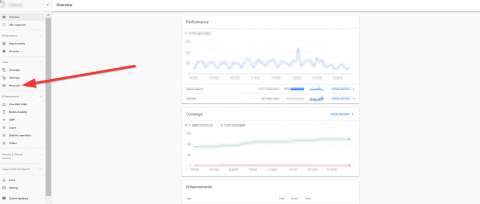
This will temporarily remove a URL (or URLs) of your choice – you can choose to remove all URLs with a certain prefix, for example, could remove amazon.co.uk/products/, and this would remove all other URLs with /products/ in the URL path i.e.
amazon.co.uk/products/alarm-clocks/
amazon.co.uk/products/house-plants/
amazon.co.uk/products/flasks/
You can also choose to remove just the cached version of the URL and the snippet (the title tag and meta description that appear in search results), this could be useful if you promote prices, phone numbers or offers in your snippets, and you need to hide a particular page quickly because something has changed.
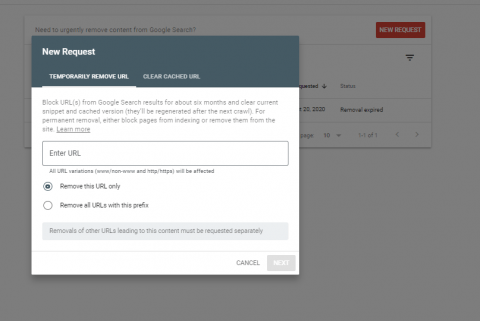
Delete the Page
Another quick option is to simply delete the page in question. This will result in a 404 error.
There’s nothing inherently bad about having URLs on your domain that return a 404 error, just ensure that, if the page you delete currently gets traffic (or has the potential to get traffic in the future) OR has any valuable backlinks, that you 301 redirect it to the next most relevant page on your domain, so that page benefits from the traffic and/or links.
You should also ensure that you delete any internal links pointing the deleted page if you’re going to leave it as a 404.
No Index
You could also noindex the page. This means placing a tag on the page that tells search engines not to index the page (or to remove it from the index if it’s already there).
This works relatively quickly and means that users will still be able to access the page directly or via internal links on your site.
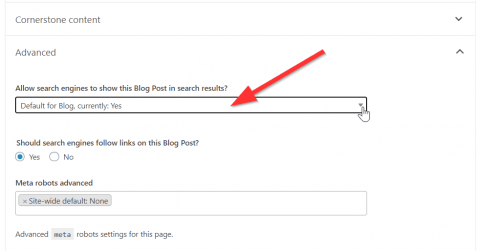
Noindex tags can be removed easily so if you do want the page to reappear in the future, it won’t take too much work. Be aware that if you noindex a page that ranks well, there’s no guarantee that it will reappear at its previous level of visibility if the tag is removed.
301 or 302 Redirect
A redirect is another option. Let’s say one of your products has been discontinued indefinitely; the best course of action would probably be to 301 redirect it to the next most relevant product (as well as updating the internal links and XM sitemap).
If a product is temporarily out of stock, you could instead use a 302 redirect. This would be a much better option since it means the redirected page would not drop out of the search results. The redirect can be removed once the product is back in stock.
Don’t Remove At All
In some instances, you may not need to remove the page at all.
When it comes to sales like Black Friday, the smartest thing to do may be to simply leave the page live indefinitely, while placing some messaging on it stating that the sale goes live in ‘xxx months or days’.
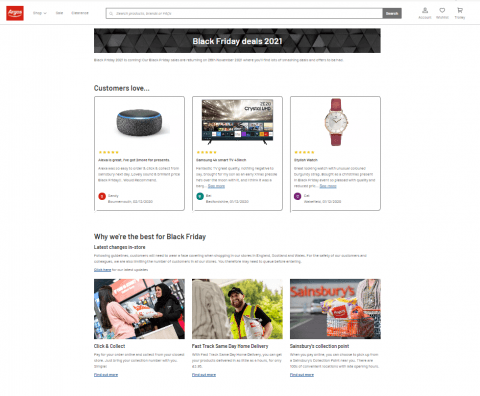
This is the Argos Black Friday page. At the time of writing (January 2021) it is still live and ranks on page one of Google for [black friday sale]
This way, any link equity the page has acquired will be preserved, and the page will get crawled consistently, meaning that when you want it to receive traffic again, it’s in the best possible position to.
Other Honorable Mentions
Canonical Tags can of course also be used to remove URLs from search engines, but are much more useful for removing similar content, rather than content that’s just outdated. There’s also no guarantee that Google will respect your canonical tag, so it doesn’t allow for quick removals. The robots.txt file can also be used to stop search engines crawling a particular page, but won’t have much of an effect on it’s own, if you want a page to be removed from search, you’ll need to use one of the methods above, combined with a robots.txt directive.
Summary
There are many ways to remove URLs from search engines, but the method you use should depend on the value of the content, and whether you want it to be removed permanently or temporarily. You also need to pay attention to differences between removing content just for search engines, and removing content for users. Choose wisely!
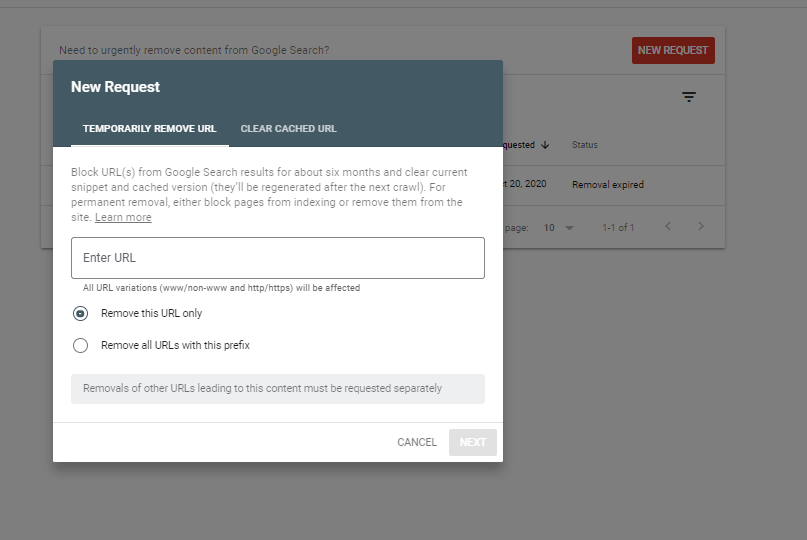


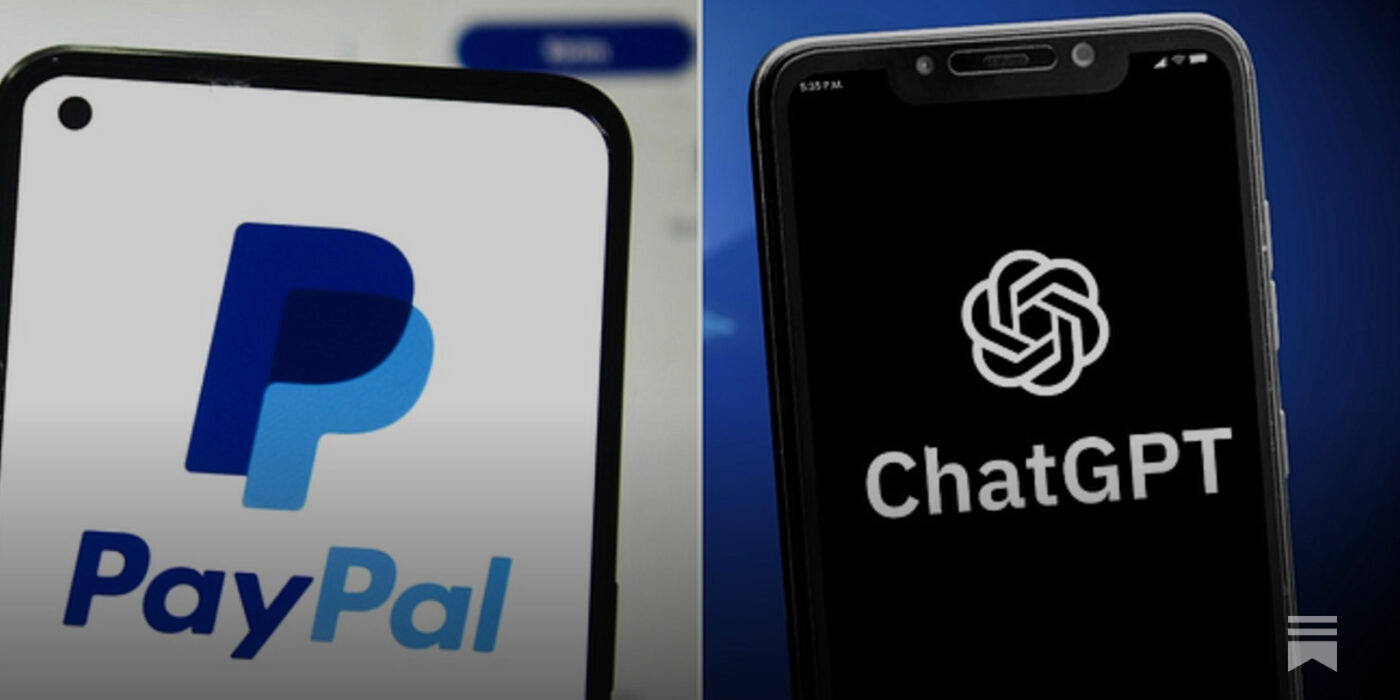


Leave a Reply